
Tapcom is a preservative-free, fixed-combination eye drop of tafluprost 0.0015% and timolol 0.5% for lowering intraocular pressure.

Tapcom is a preservative-free, fixed-combination eye drop of tafluprost 0.0015% and timolol 0.5% for lowering intraocular pressure.
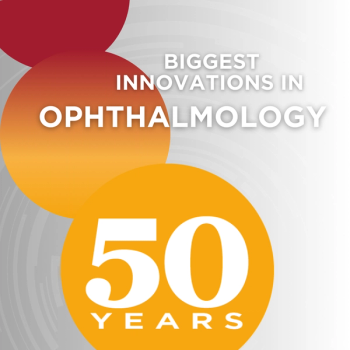
In celebration of Ophthalmology Times' 50th anniversary, we asked leading experts in the field what they see as the biggest innovation in ophthalmology in the past 5 decades.

The novel corrective eye drop can be prescribed through pharmacy partners BlinkRx or Medvantx

Researchers from the Czech Republic found that an AI system showed higher sensitivity and specificity for screening diabetic retinopathy compared to telemedicine evaluations.
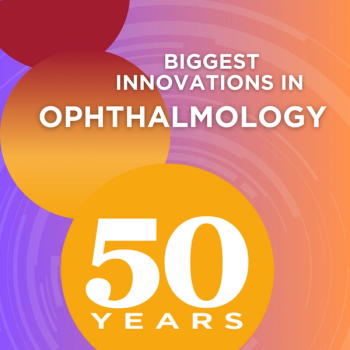
In celebration of Ophthalmology Times 50th anniversary, we asked leading experts in the field what they see as the biggest innovation in ophthalmology in the last 5 decades.

Tertiary syphilis, which can develop years to decades after the initial infection, is characterized by chronic inflammatory damage affecting multiple organ systems.
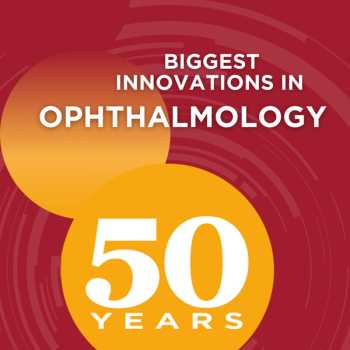
In celebration of Ophthalmology Times 50th anniversary, we asked leading experts in the field what they see as the biggest innovation in ophthalmology in the last 5 decades.

Recent estimates show that there are over 2 billion users on Instagram, of which over 726.8 million interact with reels on the platform.

Uveal melanoma, which primarily affects Caucasian patients, is the most common primary intraocular tumor in adults2 that most often affects the choroid (90%), ciliary body (6%), and iris (4%)

The trial is designed to assess the safety and effectiveness of Avisi Technologies' investigational VisiPlate device in patients with open-angle glaucoma.

The company stated that the FDA noted at least one additional adequate and well controlled study to demonstrate a positive effect on the treatment of ocular symptoms of dry eye should be conducted.
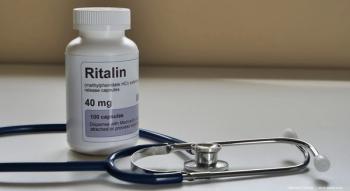
Methylphenidate is a central nervous system stimulant that is used to treat ADHD, a very common diagnosis in children in the US.
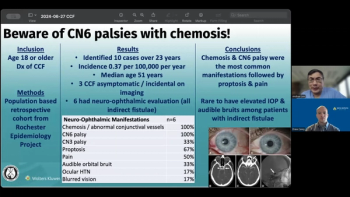
Andrew G. Lee, MD, and Drew Carey, MD, return for this episode of 'NeuroOp Guru' to discuss how sixth nerve palsy with chemosis warrants suspicion for a cavernous carotid fistula, emphasizing careful examination for dilated conjunctival vessels and the need for imaging for accurate diagnosis and timely intervention.
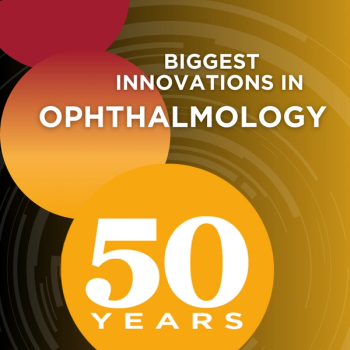
In celebration of Ophthalmology Times 50th anniversary, we asked leading experts in the field what they see as the biggest innovation in ophthalmology in the last 5 decades.
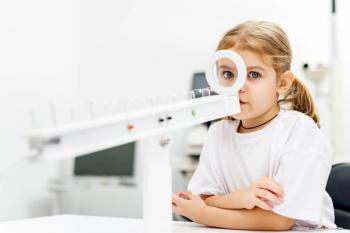
Accelerated changes in the spherical equivalent refraction (SER) and axial length were seen but no changes in the lens power and thickness were seen in pediatric patients.
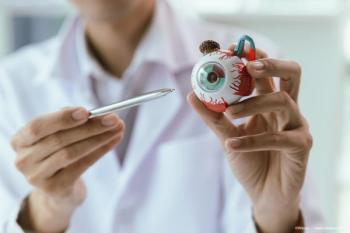
Multiple myeloma is a rare cancer that originates in white blood cells (plasma cells) that produce antibodies.
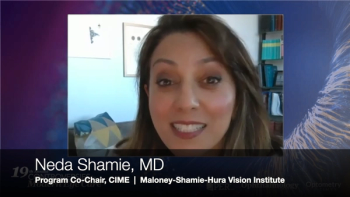
The May 4 event, themed around Star Wars, will feature the latest innovations, foster open discussions, and provide a collaborative environment for networking and learning, with sessions covering IOLs, oculoplastics, glaucoma, retina therapy, and refractive surgical options.

The study considered the economic disease burden on both the patient and the caregivers, the first such study of its kind.
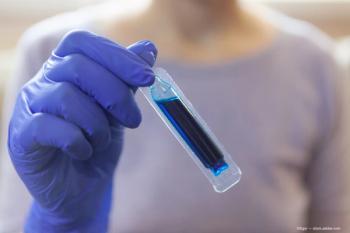
The approval makes ILM-Blue the first DORC posterior dye product available in China, according to a press release from Zeiss.


Urcosimod (formerly known as OK-101) has been shown to be stable for over 2 and a half years in single-use ampoules used for administration of the drug to patients.

The decision to discontinue the trials comes shortly after the announcement that COAST missed its primary endpoint.

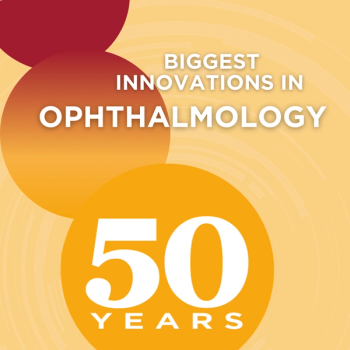
In celebration of Ophthalmology Times 50th anniversary, we asked leading experts in the field what they see as the biggest innovation in ophthalmology in the last 5 decades.
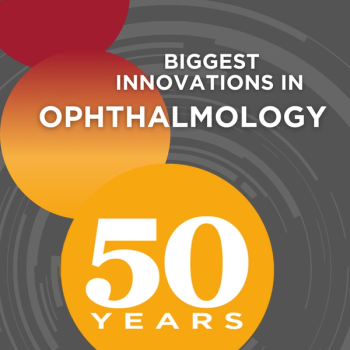
In celebration of Ophthalmology Times 50th anniversary, we asked leading experts in the field what they see as the biggest innovation in ophthalmology in the last 5 decades.

Lab TRIACTIV is powered by “advanced cationic liposomal technology” for dry eye relief.

Pantheon Vision’s bioengineered corneal implant aims to tackle issues with the success rate of human donated tissue.
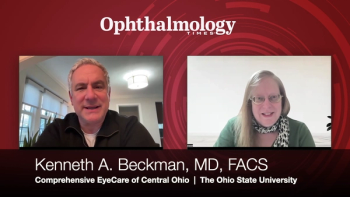
Epi-on corneal crosslinking is advancing through innovations like supplemental oxygen, chemical oxygenation, and laser-assisted techniques.
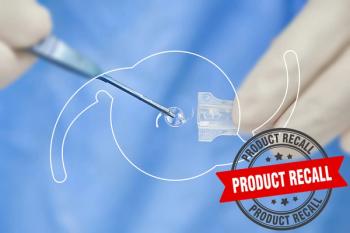
The recall was conducted out of an abundance of caution after the company received reports of complications. The cause of said complications could not be immediately explained.

Aurion is developing AURN001, a clinical-stage allogeneic cell therapy asset, for corneal edema secondary to corneal endothelial disease.